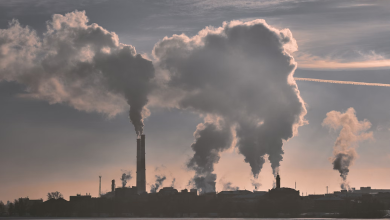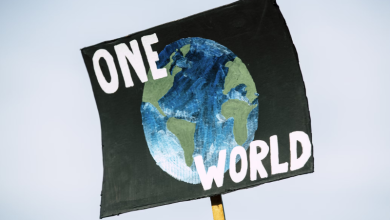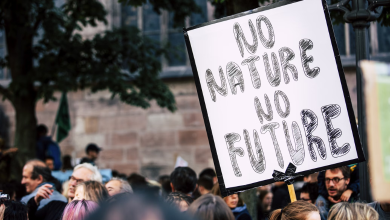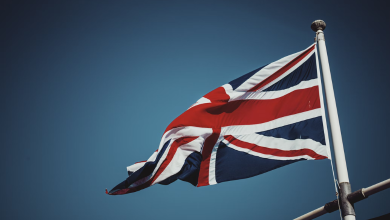Climate change is real: Polar bears have shrunk to two-thirds of their previous size in just 30 years
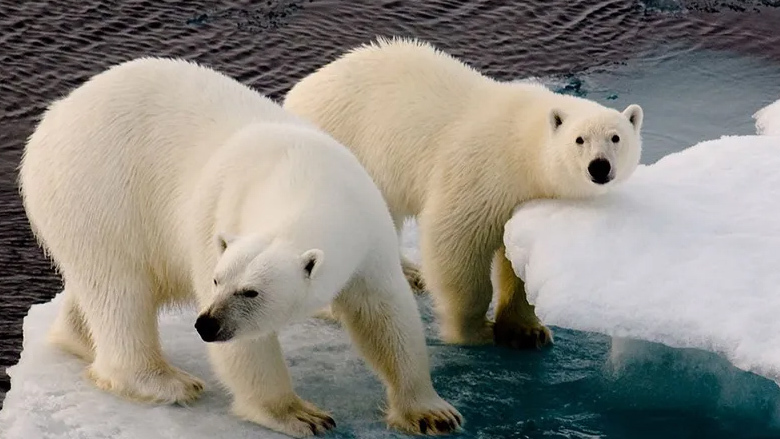
- "Our research shows animal size can get bigger or smaller over long periods depending on the habitat or environment."
100 million years ago, giant animals ruled Earth as Pterosaur controlled the skies and Spinosaurus dominated the plains. Compare this to today’s largest reptile, their ancestors, the saltwater crocodile comes in at a measly 6 metres long.
New research suggests changes in animal size depend on a couple of important ecological factors: competition for resources and the risk of extinction due to changes in the environment. The study was published in the journal Communications Biology on January 18.
How is the study connected to Cope’s rule?
Lead researcher Shovonlal Roy, an ecosystem modeler from the University of Reading, said: “Our research shows animal size can get bigger or smaller over long periods depending on the habitat or environment,” comparing the situation to us adapting to hot or cold seasons.
Cope’s Rule suggests there is a tendency for several animal groups to evolve larger body sizes over thousands and millions of years. Edward Cope, a 19th-century paleontologist, noticed, for example, early horse ancestors that became bigger over time.
But Roy and his team of researchers sought to challenge the existing theory. They said Cope’s Rule had clear exceptions. For instance, reptiles shrank from the size of giant dinosaurs from millions of years ago to hand-sized sparrows and geckos.
Researchers stumble upon 3 different scenarios
In more recent history too, the now-extinct Alaskan horses shrank by around 12% between 24,000 years ago and 14,500 years ago. The study used computer models to simulate evolution in different ecological and physiological conditions, finding three different scenarios.
In the first scenario, animals increase in size over time. The researches found animals grow bigger due to less competition between species, something that happened during the Jurassic period. Roy said less competition usually results in bigger sizes.
Second, the model found some animals get bigger and then become extinct. For instance, dinosaurs and mammoths grew to meet competitive demands, then got extinct due to catastrophes or competition from other species.
Third, the model stumbled upon a different scenario. It found the opposite of Cope’s rule: that species shrink over time. This happens due to higher competition and if there is a degree of overlap in habitat and the use of resources.
Species experiencing more dramatic temperature rises
Now, climate change is shrinking animals. Polar bears have shrunk to two-thirds of their previous size in the past 30 years alone. Many species of birds, amphibians and mammals have also become smaller over the past century, representing the scale of the crisis.
Scientists think that now, as global temperatures continue to rise, there is a natural selection towards animals becoming smaller. This is especially true for species in regions experiencing more dramatic changes in temperature.
Read More: Lakshadweep can learn from the Maldivian model. But it must chart its own course
